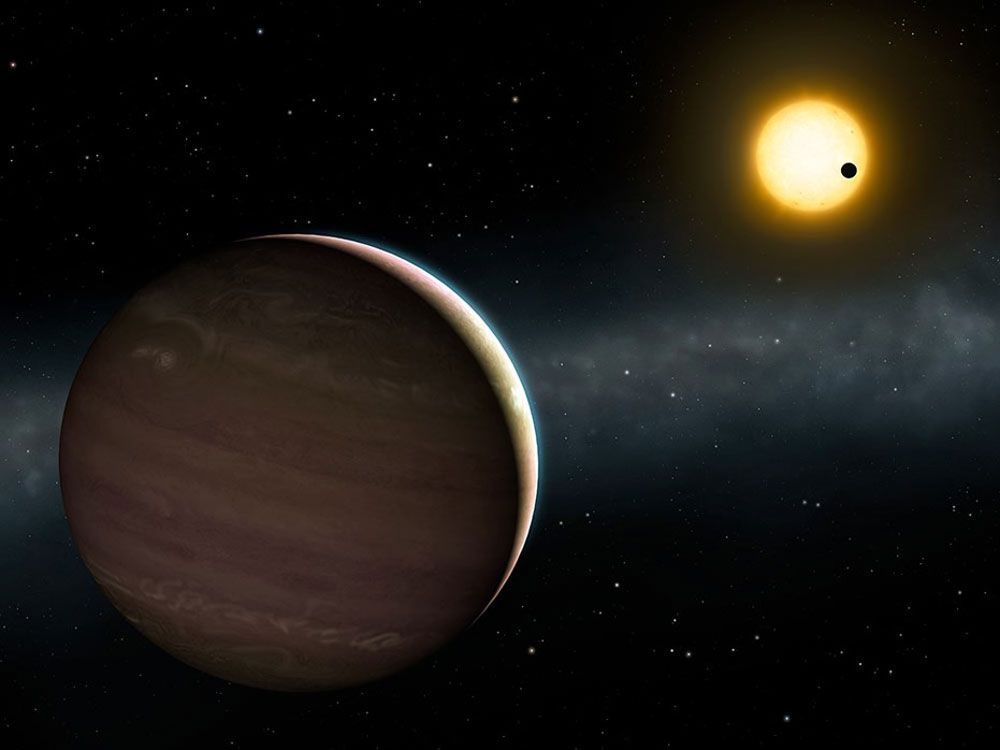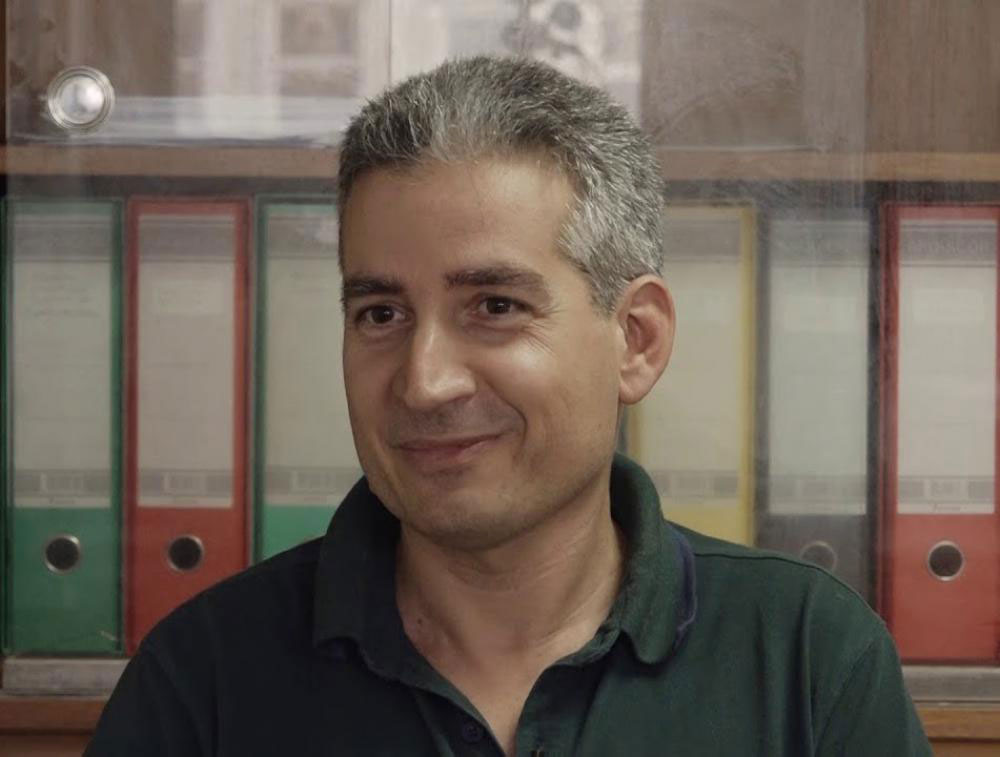Alexandre Correia, a scientist at the University of Coimbra (UC), is part of an international team that discovered a particularly interesting planetary system around the star WASP-148. The study will be published shortly in the journal Astronomy & Astrophysics.
[dropcap]T[/dropcap]he discovered system has two planets with masses similar to Saturn, and with orbital periods of only 9 and 35 days. This configuration causes variations in the orbital periods due to the gravitational interactions between the two planets. These variations were observed for the first time from the Earth’s surface.
Since the discovery, in 1995, of the first exoplanet (planet around a star other than the Sun), the number of new known planets has been increasing. The search for systems with several planets around the same star is particularly interesting since they interact with each other and allow to determine more properties about the system.
When there is a single planet around the star, it has a well-defined orbital period, which does not vary over time. Whenever the planet passes in front of the star, “we can detect a small decrease in its light, a phenomenon called ‘planetary traffic’.
Transits occur at regular time intervals, allowing the planet’s orbital period to be measured very accurately. If the star hosts a second planet, gravitational interactions between the two planets cause minor changes in their orbits. As a consequence, planetary transits occur a little early or late between two passages in front of the star, a phenomenon called ‘transit time variations’ (or TTVs),” explain the authors of the study, led by the Institute of Astrophysics of Paris (France).
Although planned from a theoretical point of view, TTVs remained unobserved for a long time, despite numerous observations with terrestrial telescopes. In fact, in most cases, gravitational interactions lead to TTVs of just a few seconds or less, which are very difficult to detect. The Kepler space telescope was the first to be able to measure TTVs in a planetary system, in 2010, followed by other measurements, but always through space telescopes such as Kepler. Observation of TTVs requires very precise instruments and simultaneously large mass planets in relatively close orbits.
In this discovery, Alexandre Correia, a researcher at the Physics Center of the Faculty of Science and Technology of the University of Coimbra (FCTUC), was involved “in the analysis of the interactions between the planets. We have verified with numerical simulations that the system is stable up to inclines of 35 degrees, and that the observed TTVs are in line with what would be expected for this type of system”.






